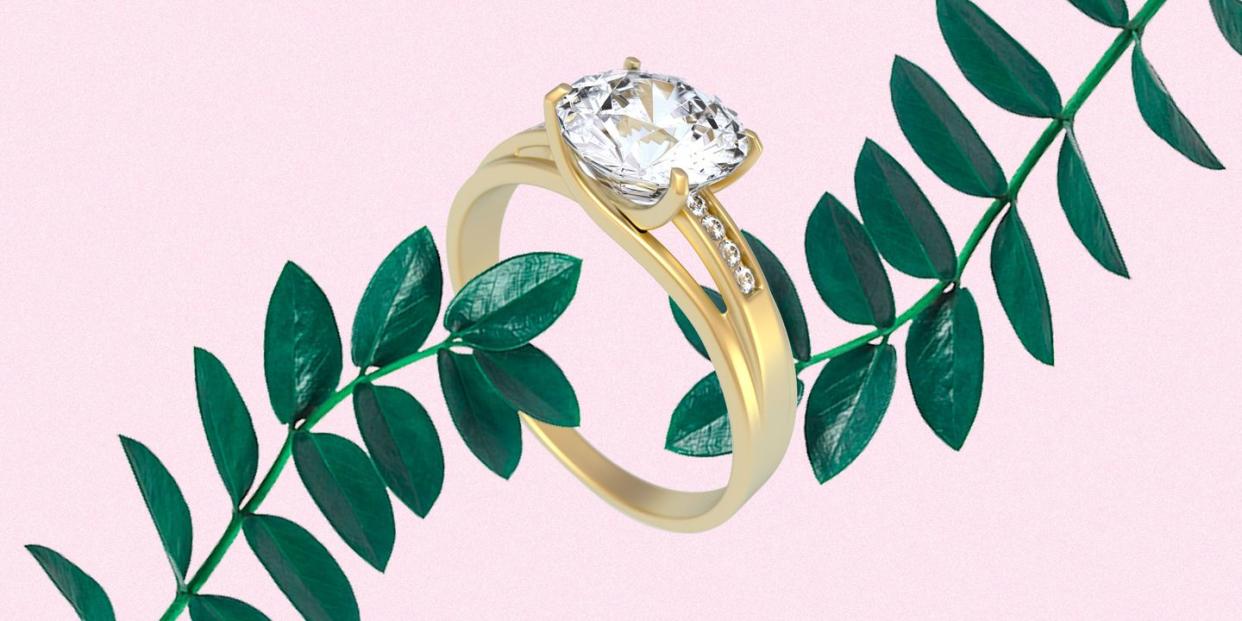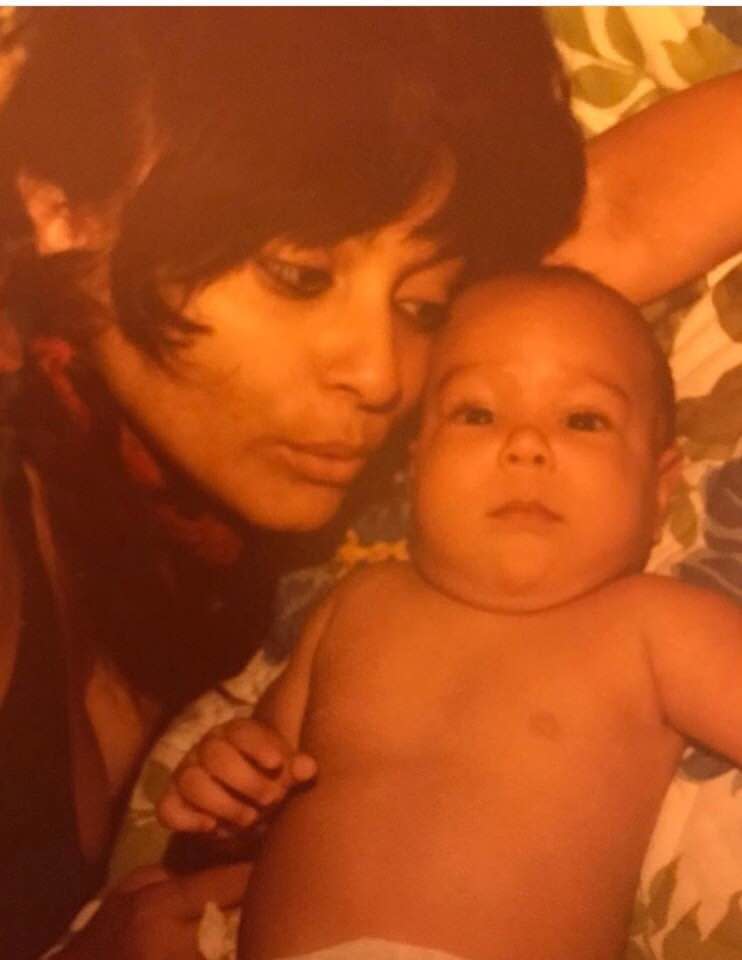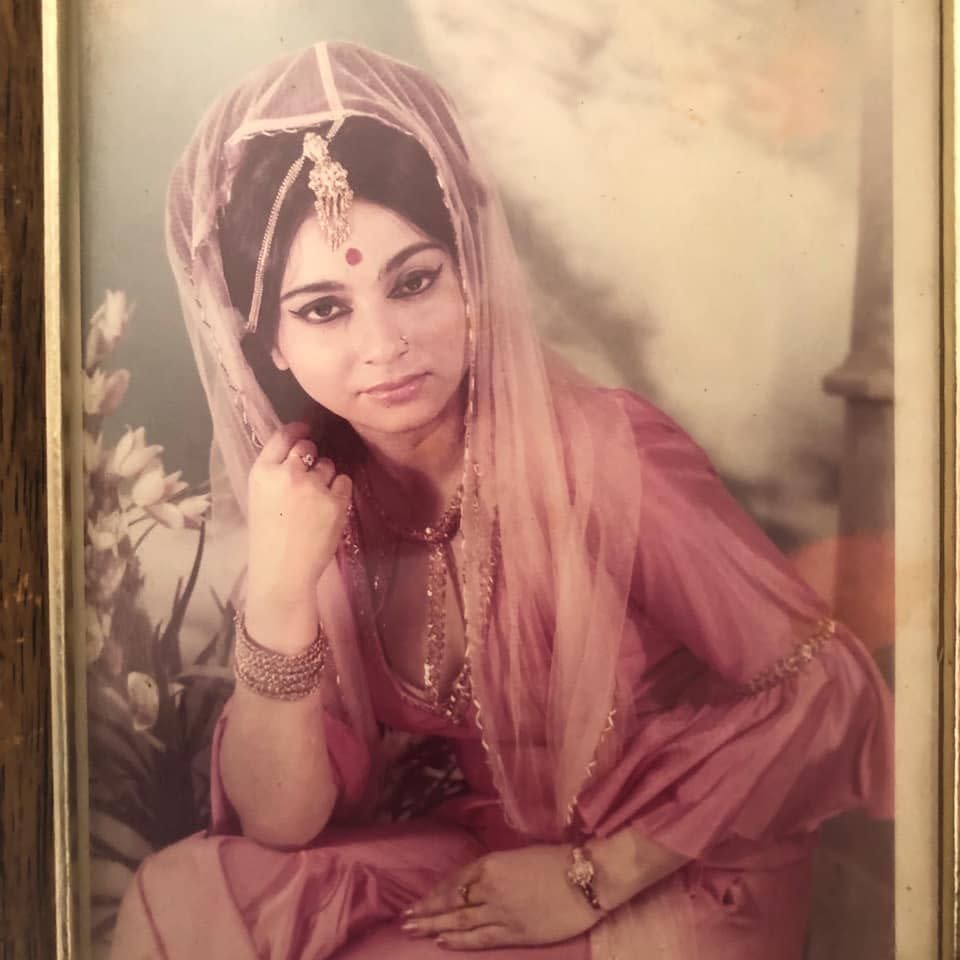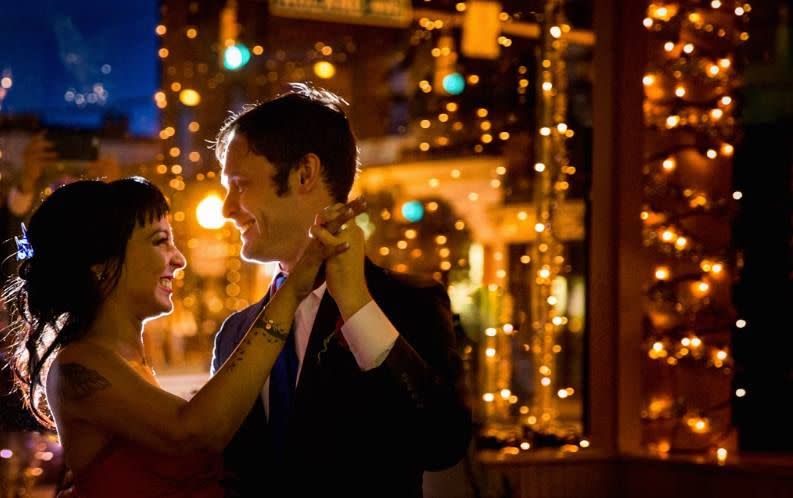I Married a Plant and Found Myself

My first husband was a plant. We were wed in my mother’s living room in Los Angeles, with a large Panasonic flat screen TV serving as the backdrop. I wore a bright red sari.
Convinced that her 30 year old, still-single daughter was cursed, my mother had arranged the whole affair. She believed that I suffered from what Hindu astrologers call Mangal Dosha, a condition in which a person born under the influence of Mars signals marital misfortune. One remedy is Kumbh Vivah, a ceremony in which you marry a towering banyan or banana tree—but that day, we settled for a barely-sprouted basil plant.
Next to my betrothed sat a candle to symbolize Agni, the fire deity present at every Hindu wedding. It was nothing like the ceremonial fire pits used in India but it got the job done.

At the time, I was a newly minted PhD in ethnic studies from UC, Berkeley, where I’d made it my life’s goal to educate young minds about how the developing world was not the archaic space often portrayed by the media. I challenged my students to redefine terms like primitive, provincial, and backward. I wanted them to interrogate history and ask questions. Was drinking the blood of Christ, as Catholics practice in communion, more bizarre than ceremonially walking around a fire? Is the Western practice of brides wearing white, based on the Victorian idea that women must be pure and virginal when they marry, any more culturally outdated than the Hindu tradition that women wear white only after their husbands die? Professionally, I knew rituals were about kinship, culture, creating memories, forging bonds, and the construction of identity. But personally, I couldn’t shake the feeling that the whole thing was deeply silly.
My mother was a widowed Bengali immigrant with an erratic mind. My youth was spent following her around, seeking out holy men and fortune tellers. As she grew older, her belief in astrologers grew with such ferocity that she refused to see American doctors or take Western medicine. Even faced with the physical and mental illness that would ultimately claim her life, she believed in only one thing: the cosmos.

As I entered my thirties, she worried that I hadn’t found a partner, and though I didn’t want to admit it, I was worried too. My boyfriend of six years had just left me. I was devastated and alone. So when she suggested we perform the plant-marrying ritual, I humored her in part because I, too, hoped the ceremony would deliver me someone to love.
Later, I’d tell friends about how my mother made me marry a seedling. I concentrated on what a good story it was. Did I ever tell you about that time my mother made me marry a plant? I’d ask, casting my mother as the backward one with me as her rational foil. Despite—or perhaps because of—my schooling, I had become all the things I despised: an ignorant American who didn’t honor or care to understand her mother’s beliefs.
A decade went by before I started to comprehend the meaning of my matrimony. I reached a shallow understanding that through the ritual, all the troubles your malady carries are transferred to the tree and the curse is lifted, freeing you to find a partner. I discovered the practice is not uncommon. If I had been the cultivated academic I thought myself to be, I would have done my research ahead of time to contextualize the ceremony that meant so much to my mother. Instead, we never talked about my marriage again.
Four years later, I was still alone. I had just moved to Baltimore for a postdoctoral position at Johns Hopkins University. As a single woman, I figured the best remedy for feeling lonely was to adopt a dog. I found a little brown rescue chihuahua with bat ears who barked at anyone who tried to touch me. His name was Banjo.
One evening, my neighbor and I were smoking cigarettes and drinking red wine on the front steps of our building. My mind was in a wine haze when I realized there was another dog’s big snout furiously sniffing Banjo, who began to growl. When the other dog started wildly wagging her tail, Banjo stopped growling and perked up his ears. I looked up to see that a man was attached to Banjo’s new friend. He was tall, with a square face and deep blue eyes. I flirted with him for an hour. I didn’t know it at the time, but I’d finally met the man who would become my husband.

It could simply be that we found each other at the right place and the right time: It was the humid summer night, two dogs, and a charming city that formed the perfect constellation to free me of my Mangal Dosha. But eight years later, I find myself wondering if my mother was right, if marrying the plant was a necessary means to my happy ending. If she were still alive I would thank her for the ceremony and ask forgiveness for my close-mindedness—instead, I’ll have to settle for sending my gratitude to the cosmos and trust she'll hear me.
You Might Also Like

